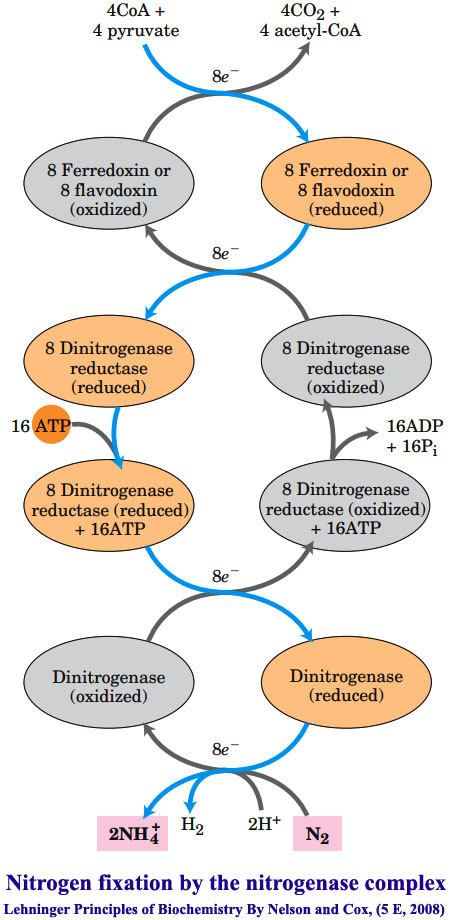
Biochemistry of Biological Nitrogen Fixation
Biological nitrogen fixation
- Biological nitrogen fixation is the process of conversion of atmospheric nitrogen into ammonia or other nitrogenous substances by living organisms.
- Only few bacteria and Archaea possessed ability to fix atmospheric nitrogen.
- The biological nitrogen fixers include:
- Cyanobacteria of soils and fresh and salt waters,
- Methanogenic archaea (strict anaerobes) that obtain energy by converting H2 and CO2 to methane),
- Free living soil bacteria like Azotobacter species,
- Symbiotic bacteria that lives in root nodules of leguminous plants like Rhizobium spp.
- The first important product of biological nitrogen fixation is ammonia, which can be used by all organisms either directly or after its conversion to other soluble compounds such as nitrites, nitrates, or amino acids.
- The reduction of nitrogen to ammonia is an exergonic reaction:
N2 + 3H2→2NH3 ∆G° = -33.5 kJ/mol
- N2 is fixed by enzymes of the nitrogenase Complex in cells.
- The N=N triple bond is highly stable with a bond energy of 930 kJ/mol.



























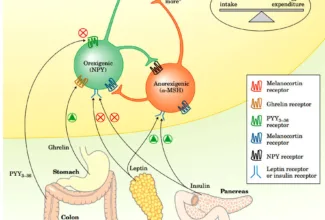














































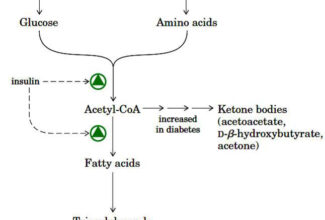



















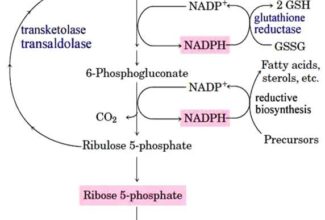






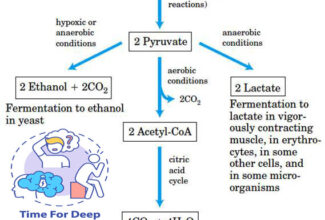
















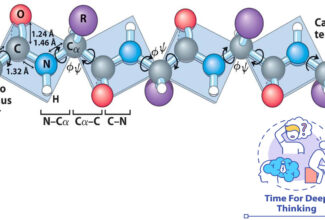
























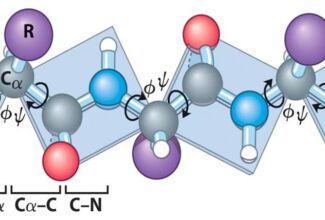






























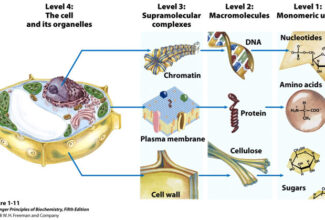

[…] Biochemistry of Biological Nitrogen Fixation […]
I was able to find good information from your blog articles.